Home>Gardening & Outdoor>Landscaping Ideas>How To Enrich Clay Soil For Grass
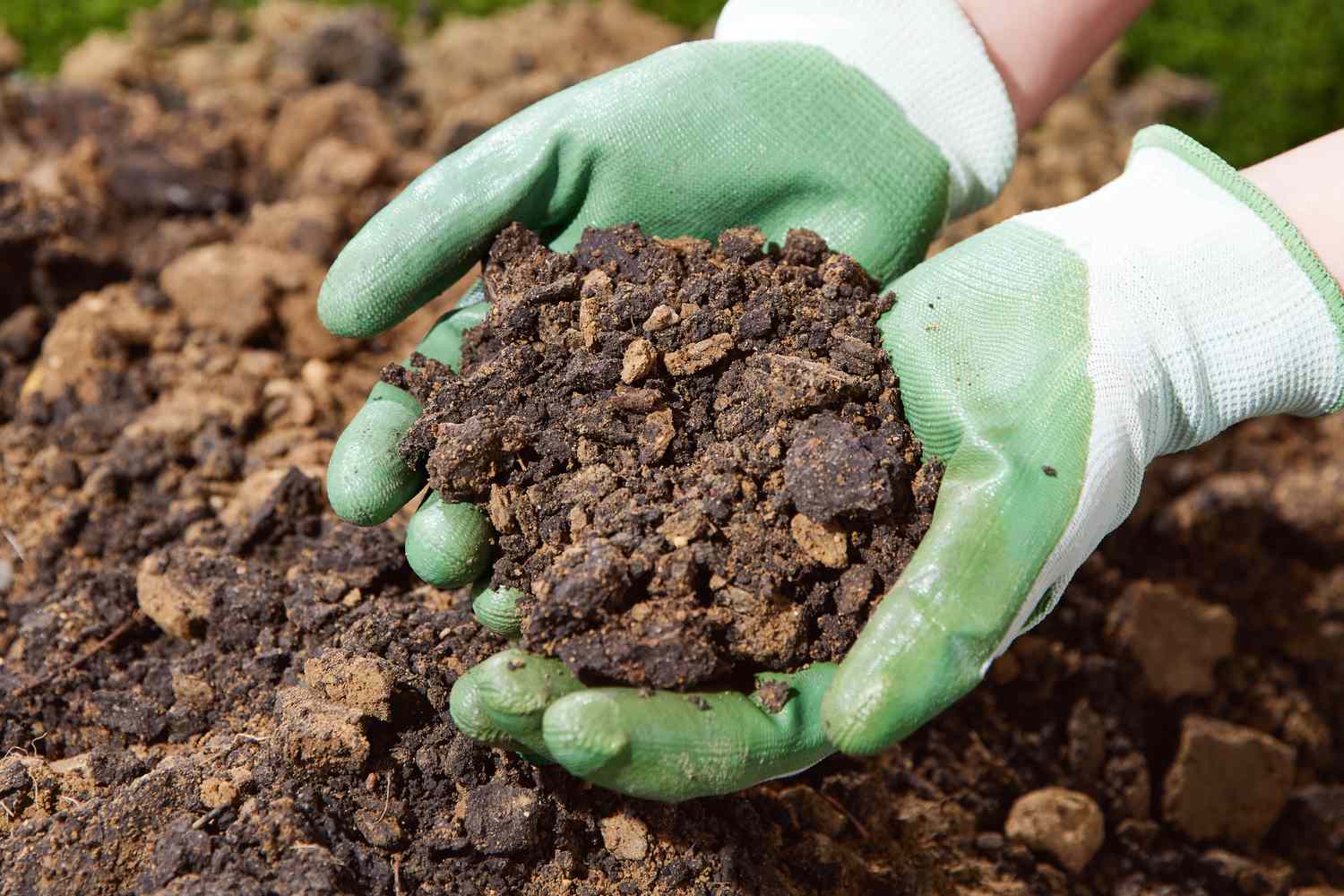

Landscaping Ideas
How To Enrich Clay Soil For Grass
Published: January 28, 2024
Learn effective landscaping ideas to enrich clay soil for grass. Improve your lawn's health and vitality with our expert tips and techniques.
(Many of the links in this article redirect to a specific reviewed product. Your purchase of these products through affiliate links helps to generate commission for Storables.com, at no extra cost. Learn more)
**
Introduction
**
So, you've decided to transform your yard into a lush, green oasis. However, upon closer inspection, you've realized that the soil is predominantly clay. While clay soil has its benefits, such as excellent nutrient retention, it can pose challenges for growing healthy grass. But fear not! With the right approach, you can enrich your clay soil to create the perfect foundation for a thriving grassy landscape.
In this comprehensive guide, we'll delve into the intricacies of clay soil and explore effective strategies for improving its texture and fertility. From understanding the unique properties of clay soil to implementing practical techniques for enhancing its quality, you'll gain valuable insights into the art of cultivating a vibrant grassy haven. So, roll up your sleeves and get ready to embark on a journey toward a verdant lawn that will be the envy of the neighborhood.
Key Takeaways:
- Transforming clay soil for a lush lawn requires testing pH, adding organic matter, improving drainage, and choosing the right grass species. Patience and ongoing care are essential for long-term success.
- Understanding clay soil’s unique properties and implementing targeted techniques can create a balanced and hospitable environment for robust and resilient grass growth. Embrace the transformative power of enriching clay soil for a vibrant, enduring lawn.
Read more: How To Grow Grass In Clay Soil
Understanding Clay Soil
Clay soil is characterized by its fine particles, which result in a dense and compact texture. While this soil type offers excellent nutrient retention, it also tends to hold water for prolonged periods, leading to poor drainage and potential waterlogging. Additionally, clay soil can become hard and compacted when dry, making it challenging for grass roots to penetrate and establish themselves.
One of the key factors to consider when dealing with clay soil is its pH level. Clay soil typically has a neutral to alkaline pH, which can affect the availability of essential nutrients for grass growth. Understanding the specific characteristics of clay soil is crucial for devising a tailored approach to enriching it for optimal grass cultivation.
Furthermore, the compact nature of clay soil can impede the circulation of air and water, hindering the development of a healthy root system for grass. This can lead to stunted growth and overall poor vitality of the lawn. By gaining a deeper understanding of the unique properties of clay soil, you can effectively address its limitations and create an environment conducive to robust grass growth.
Testing Soil pH
Before embarking on the journey of enriching clay soil for grass, it is essential to assess the pH level of the soil. A simple pH test can provide valuable insights into the acidity or alkalinity of the soil, guiding you in making informed decisions about the types of amendments needed to optimize the pH for grass growth.
Clay soil often tends to have a neutral to alkaline pH, which can impact the availability of essential nutrients for grass. Conducting a soil pH test involves collecting soil samples from various areas of your lawn and using a pH testing kit or sending the samples to a professional laboratory for analysis. Once you have determined the pH level of your clay soil, you can proceed with targeted amendments to adjust the pH to a more favorable range for grass cultivation.
If the soil pH is too alkaline, commonly referred to as “sweet” soil, incorporating acidic amendments such as elemental sulfur or acidic organic materials can help lower the pH and create a more conducive environment for grass. On the other hand, if the soil is excessively acidic, known as “sour” soil, the addition of alkaline materials like lime can help neutralize the acidity and promote balanced pH levels for optimal grass growth.
Regular monitoring of soil pH is crucial, as it can fluctuate over time due to various factors, including rainfall, organic matter decomposition, and the types of grasses grown. By staying attuned to the pH dynamics of your clay soil, you can proactively adjust the soil conditions to provide an ideal foundation for a thriving grassy landscape.
Adding Organic Matter
Enhancing clay soil with organic matter is a fundamental strategy for improving its texture, drainage, and nutrient-holding capacity, creating an optimal environment for healthy grass growth. Organic matter serves as a natural soil conditioner, effectively mitigating the challenges associated with clay soil and fostering a more hospitable setting for grass roots to flourish.
One of the most effective ways to introduce organic matter to clay soil is through the incorporation of well-decomposed compost. Compost not only enriches the soil with essential nutrients but also enhances its structure, making it more friable and conducive to root penetration. When applying compost to clay soil, aim for a depth of at least 2 to 3 inches and thoroughly mix it into the topsoil to ensure uniform distribution.
In addition to compost, organic materials such as aged manure, leaf mold, and peat moss can be valuable allies in the quest to improve clay soil. These organic amendments contribute to soil aeration, moisture retention, and microbial activity, fostering a balanced and fertile environment for grass to thrive. When incorporating organic matter, it is essential to strike a harmonious balance, avoiding excessive application that could lead to nutrient imbalances or drainage issues.
Furthermore, the practice of topdressing, which involves spreading a thin layer of organic matter over the soil surface, can help replenish nutrients, improve soil structure, and promote microbial activity. Over time, as the organic matter decomposes, it enriches the soil, creating a nurturing foundation for vibrant and resilient grass growth.
By integrating organic matter into clay soil, you can harness the transformative power of nature to rejuvenate the soil structure and fertility, paving the way for a luxuriant and enduring grassy landscape.
Add organic matter such as compost, manure, or peat moss to clay soil to improve its texture and drainage for better grass growth. Mix in the organic matter thoroughly before planting.
Improving Drainage
Addressing the drainage challenges associated with clay soil is essential for creating an environment conducive to healthy grass growth. The dense nature of clay soil can lead to waterlogging and poor drainage, which can impede root development and compromise the vitality of the grass. Implementing targeted strategies to enhance drainage can significantly improve the overall quality of the soil and promote optimal conditions for a thriving lawn.
One effective method for improving drainage in clay soil is the incorporation of coarse organic materials such as composted bark, coarse sand, or perlite. These materials help to create pore spaces within the soil, facilitating better air and water movement and reducing the risk of waterlogging. When incorporating these amendments, it is important to ensure thorough mixing to achieve uniform distribution throughout the soil profile.
Furthermore, the practice of aerating clay soil can play a pivotal role in enhancing drainage and reducing compaction. Core aeration, which involves removing small plugs of soil from the ground, helps alleviate soil compaction and allows for improved water infiltration and root penetration. Aeration also promotes the activity of beneficial soil microorganisms, contributing to overall soil health and vitality.
Strategic landscaping techniques, such as creating swales or berms, can also aid in managing excess water in clay soil. By contouring the landscape to direct water flow away from low-lying areas, you can mitigate the risk of water accumulation and promote more balanced moisture levels throughout the lawn.
Additionally, installing subsurface drainage systems, such as French drains or perforated pipes, can effectively channel excess water away from the soil, preventing waterlogging and maintaining optimal moisture levels for grass growth. These systems provide an efficient means of managing water in clay soil, safeguarding the health and vigor of the grassy landscape.
By implementing targeted strategies to enhance drainage in clay soil, you can mitigate the challenges posed by its inherent properties and create an environment that fosters robust and resilient grass growth.
Read more: How To Loosen Clay Soil For Grass
Choosing the Right Grass
When it comes to cultivating a thriving lawn on clay soil, selecting the right type of grass is a pivotal decision that can significantly impact the overall success of your landscaping endeavors. Different grass species exhibit varying levels of tolerance to the unique characteristics of clay soil, and understanding these nuances is essential for establishing a resilient and visually appealing grassy landscape.
One of the key considerations when choosing grass for clay soil is its tolerance to compacted and poorly drained conditions. Certain grass species, such as tall fescue and Kentucky bluegrass, demonstrate notable adaptability to the challenges posed by clay soil, exhibiting resilience in the face of compaction and moderate tolerance to waterlogging. These grasses can thrive in clay soil with proper care and maintenance, providing a lush and enduring carpet of greenery.
Another crucial factor to consider is the ability of the selected grass species to withstand the alkaline pH often associated with clay soil. Some grass varieties, including buffalograss and fine fescue, exhibit a higher tolerance to alkaline soil conditions, making them well-suited for lawns established on clay soil with elevated pH levels. By choosing grass species that align with the specific characteristics of your clay soil, you can set the stage for a resilient and visually appealing lawn.
Furthermore, the climate and environmental conditions in your region play a significant role in determining the most suitable grass species for your clay soil lawn. Factors such as temperature extremes, precipitation levels, and sun exposure can influence the performance of different grass varieties, guiding your selection toward species that thrive in your local climate.
When establishing a new lawn or overseeding an existing one, it is advisable to use a grass seed blend that combines multiple species and cultivars tailored to the unique demands of clay soil. This approach can enhance the overall resilience and adaptability of the lawn, ensuring a diverse and robust grass population that can withstand various environmental stressors.
By carefully selecting the right grass species and cultivars that align with the specific characteristics of clay soil, you can lay the groundwork for a vibrant, enduring, and visually captivating lawn that will be the pride of your landscape.
Conclusion
Transforming clay soil into a nurturing foundation for a lush and vibrant grassy landscape is a rewarding endeavor that requires a blend of knowledge, dedication, and strategic planning. By understanding the unique properties of clay soil and implementing targeted techniques to enhance its texture, drainage, and fertility, you can create an environment that fosters robust and resilient grass growth.
Testing the soil pH and gaining insights into its alkalinity or acidity serves as a crucial starting point, guiding the selection of appropriate amendments to optimize the pH for grass cultivation. Introducing organic matter, such as well-decomposed compost and other natural soil conditioners, enriches the soil structure and enhances its nutrient-holding capacity, laying the groundwork for healthy grass roots to thrive.
Improving drainage in clay soil through the incorporation of coarse organic materials, strategic landscaping techniques, and subsurface drainage systems mitigates the challenges of waterlogging and compaction, creating a balanced and hospitable environment for grass growth. Selecting the right grass species that exhibit tolerance to clay soil conditions and align with the local climate sets the stage for a resilient and visually captivating lawn that can withstand environmental stressors.
As you embark on the journey of enriching clay soil for grass, remember that patience and ongoing care are essential elements of the process. Regular monitoring, maintenance, and a proactive approach to soil health will contribute to the long-term vitality and beauty of your grassy landscape.
With a deep understanding of clay soil and a strategic approach to its enrichment, you can cultivate a verdant oasis that not only enhances the aesthetic appeal of your outdoor space but also provides a welcoming haven for relaxation, recreation, and natural beauty. Embrace the transformative power of enriching clay soil for grass, and witness the emergence of a resilient and enduring lawn that will be the pride of your landscape for years to come.
Frequently Asked Questions about How To Enrich Clay Soil For Grass
Was this page helpful?
At Storables.com, we guarantee accurate and reliable information. Our content, validated by Expert Board Contributors, is crafted following stringent Editorial Policies. We're committed to providing you with well-researched, expert-backed insights for all your informational needs.
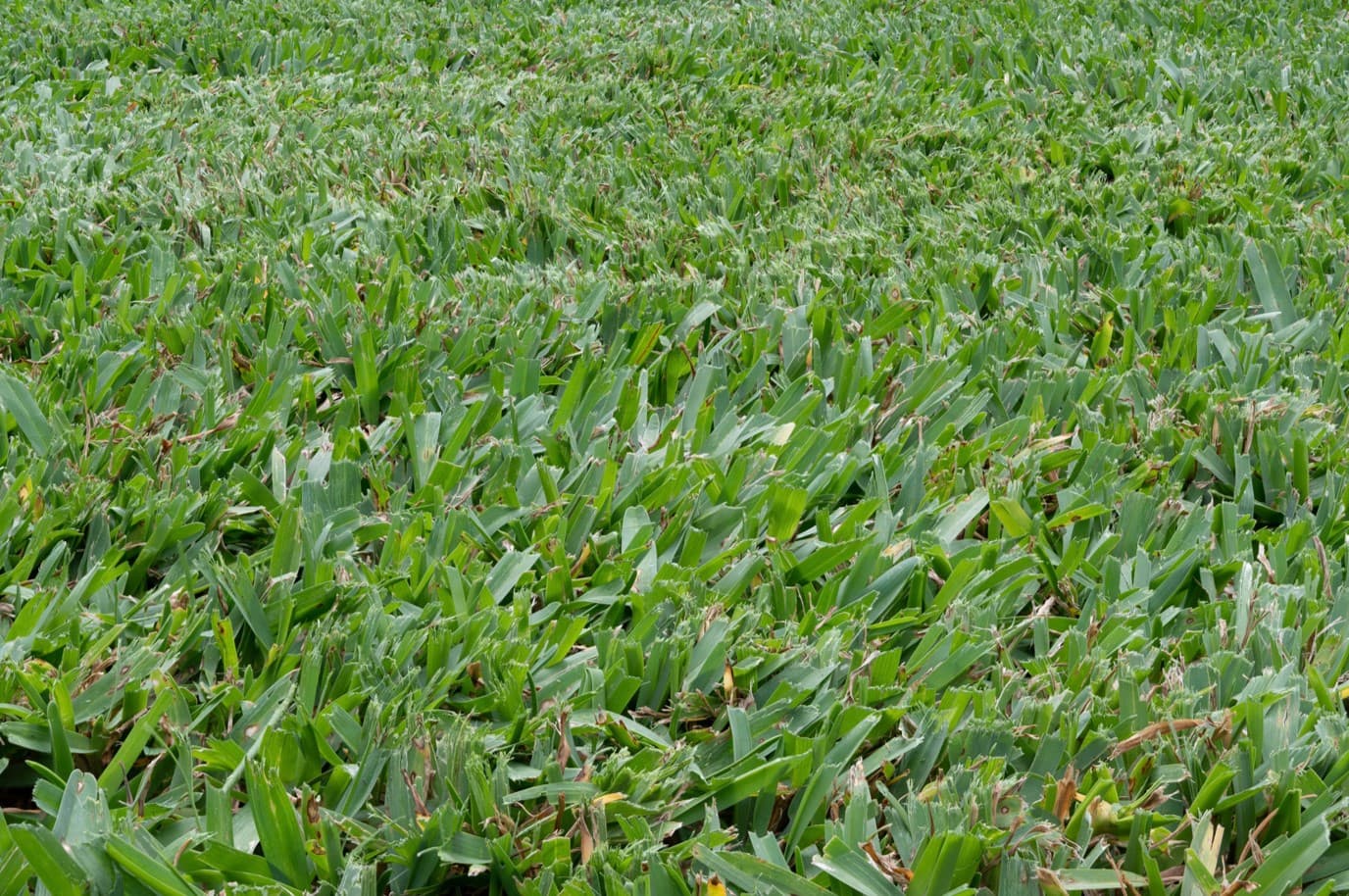
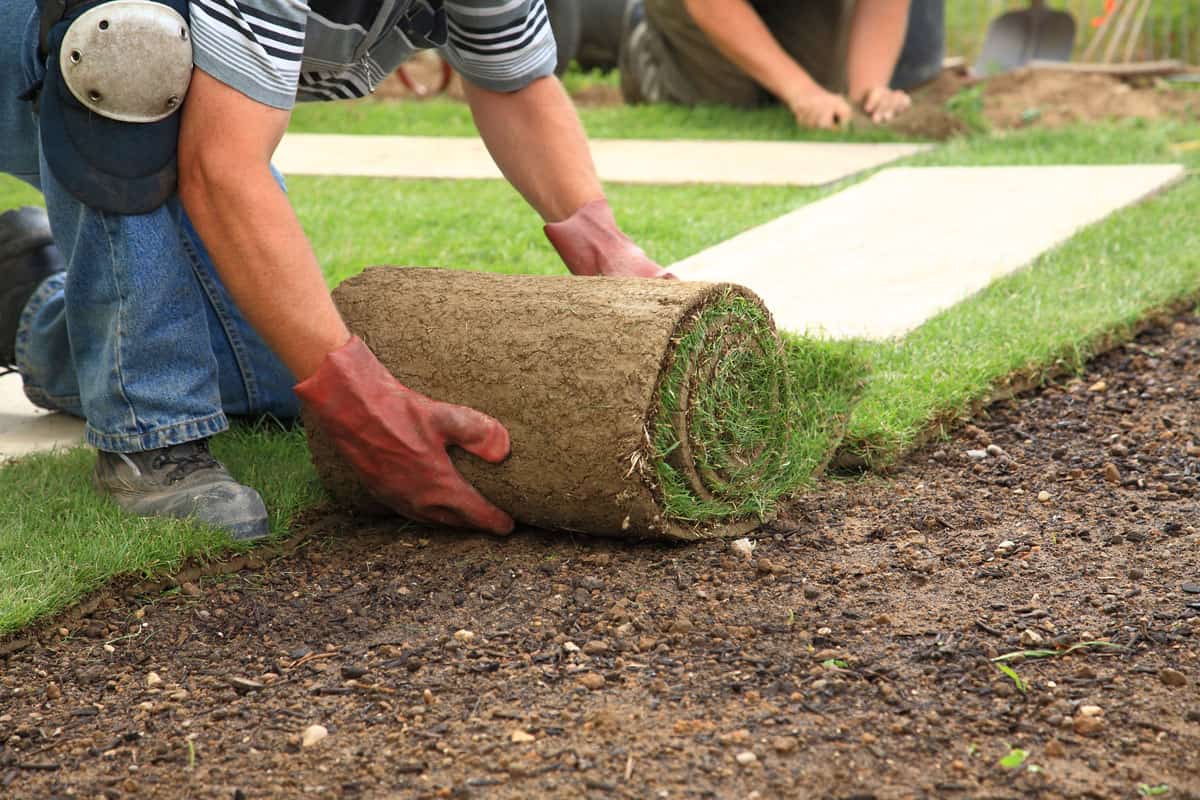
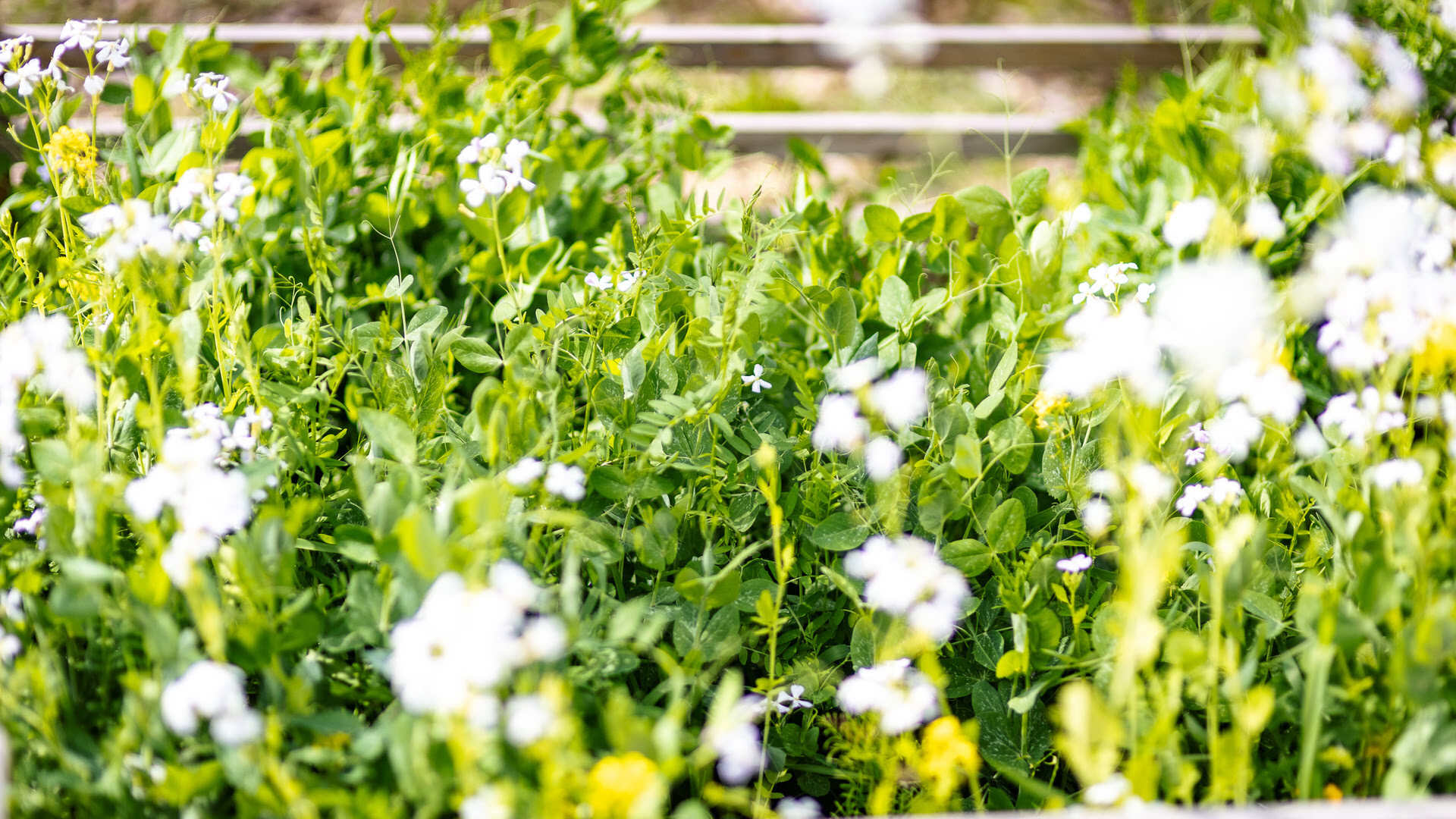
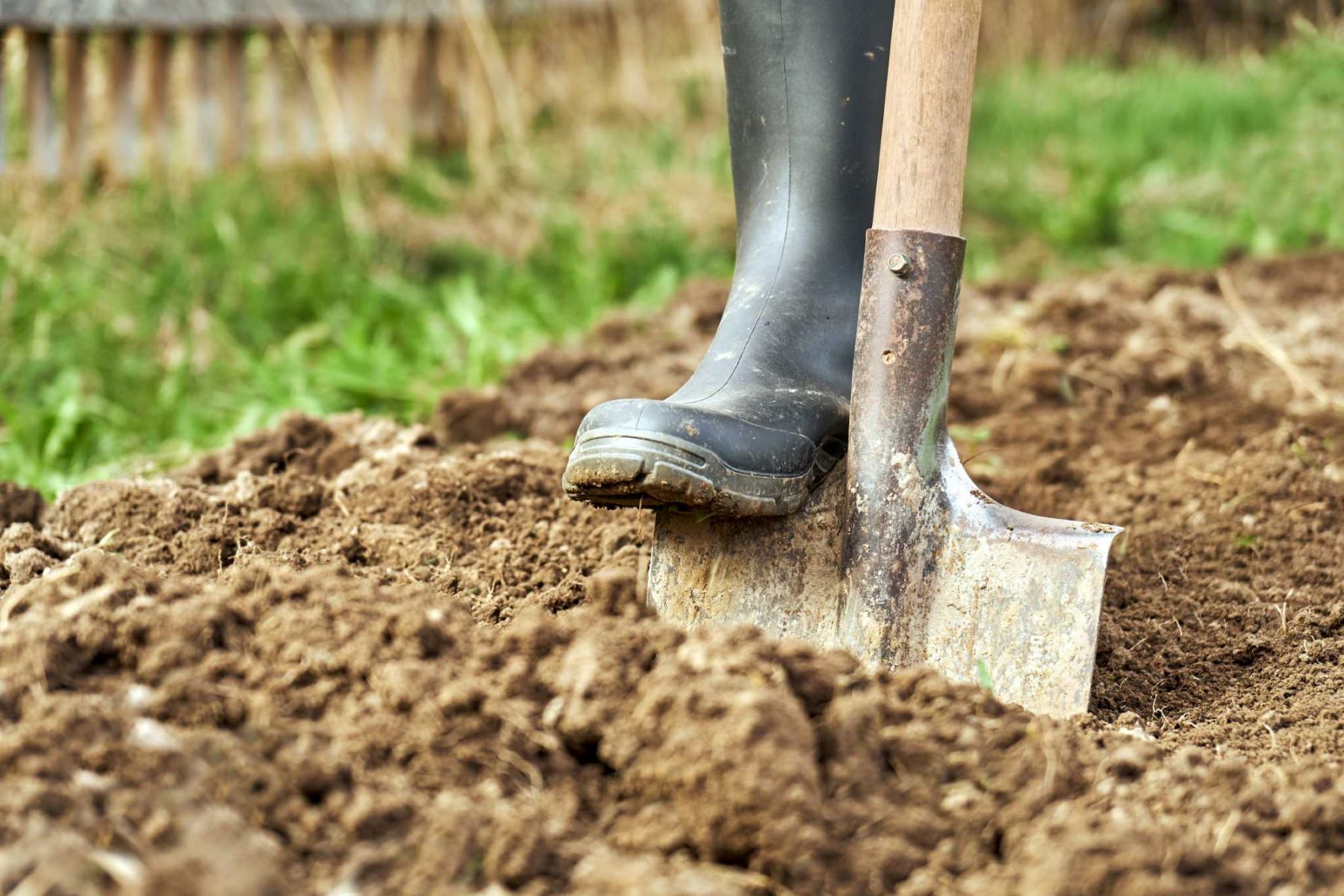
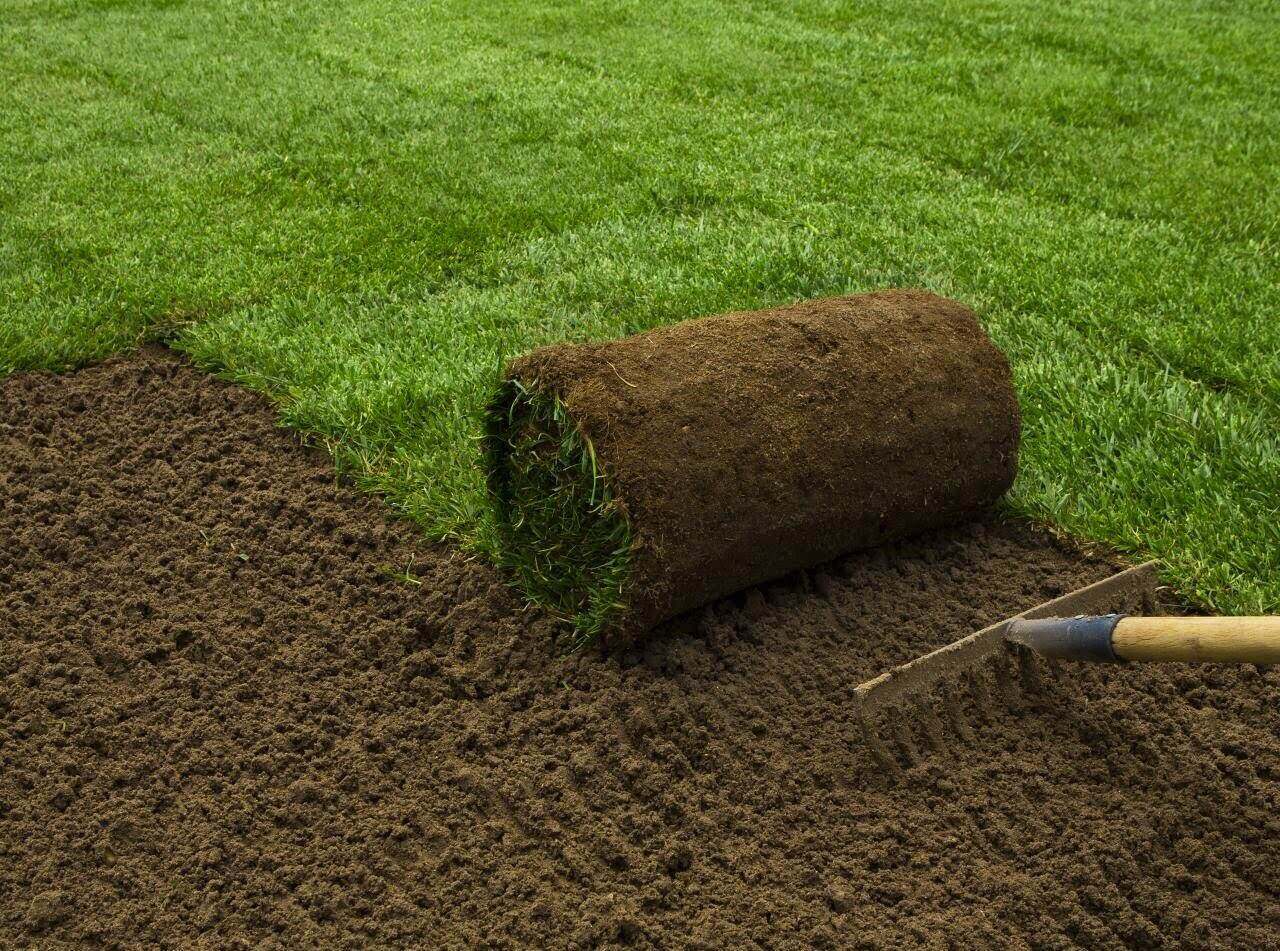
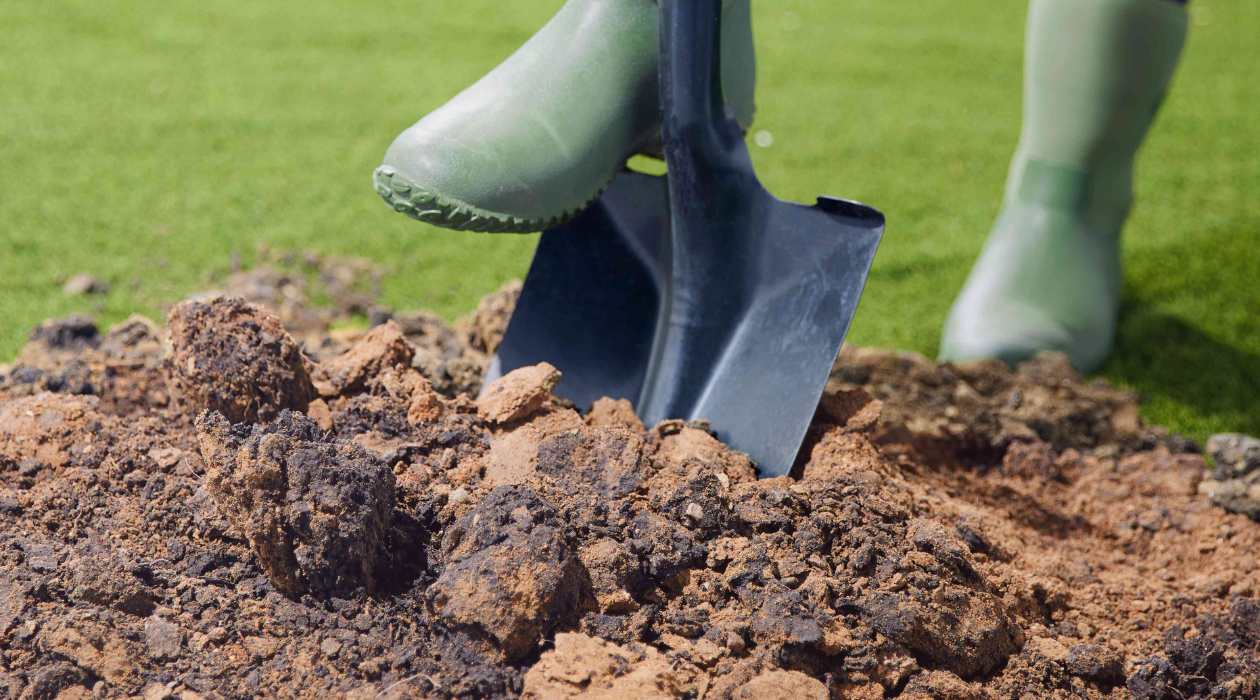
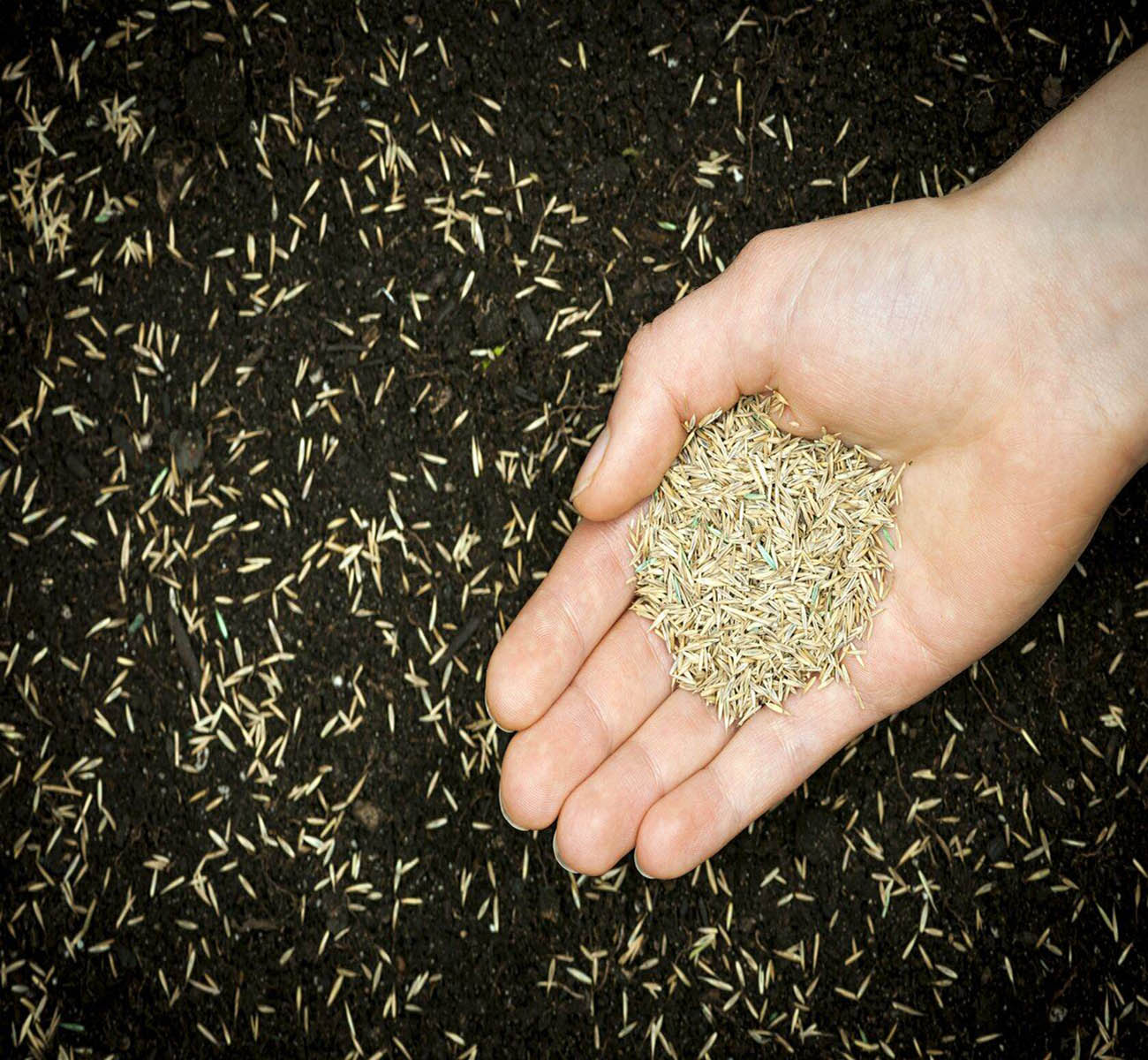
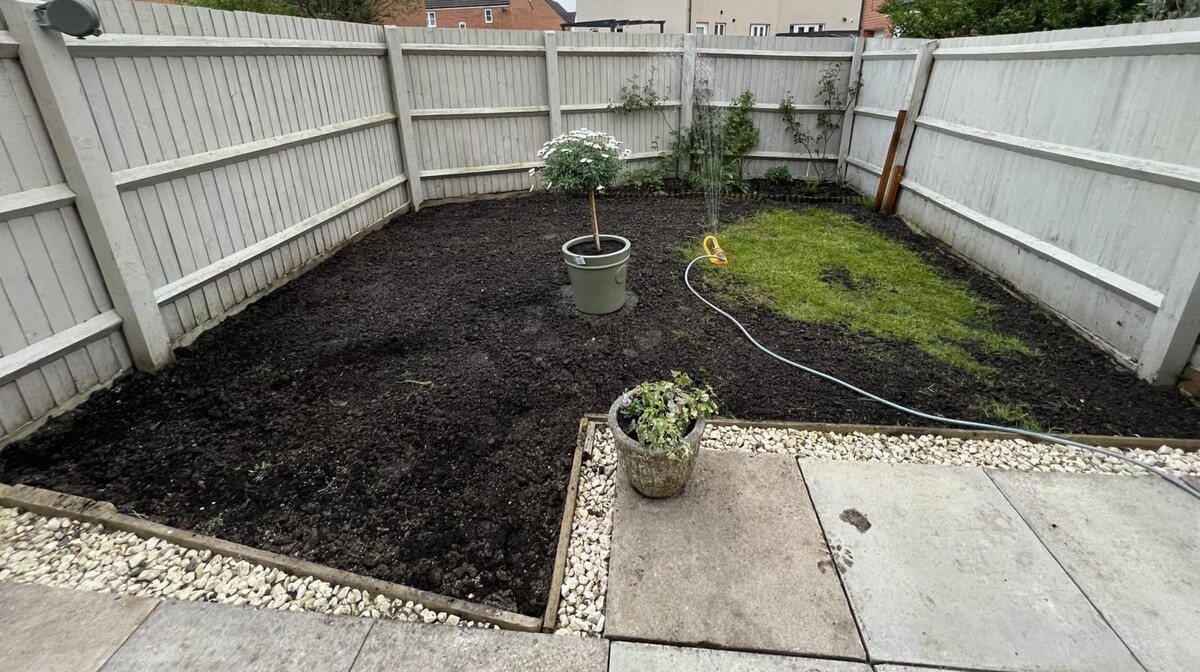
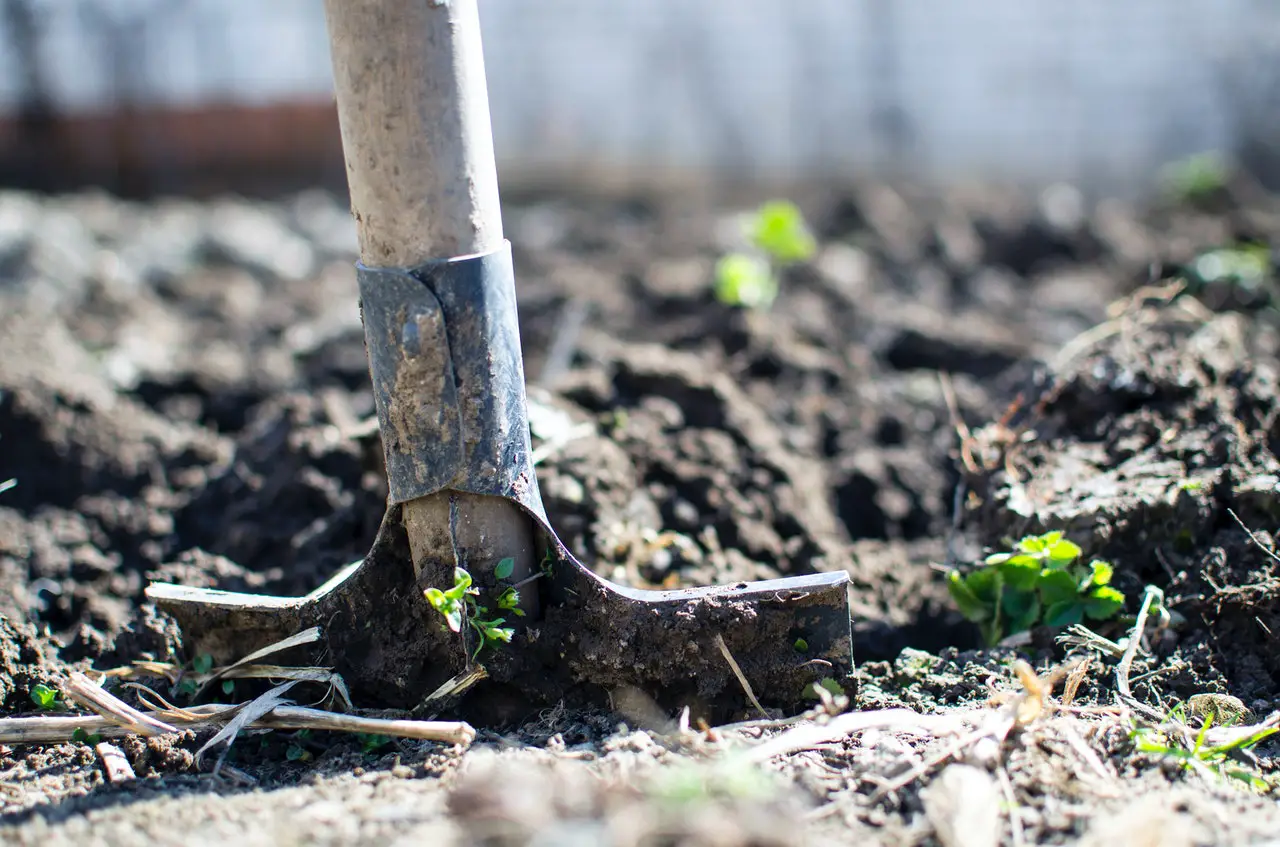
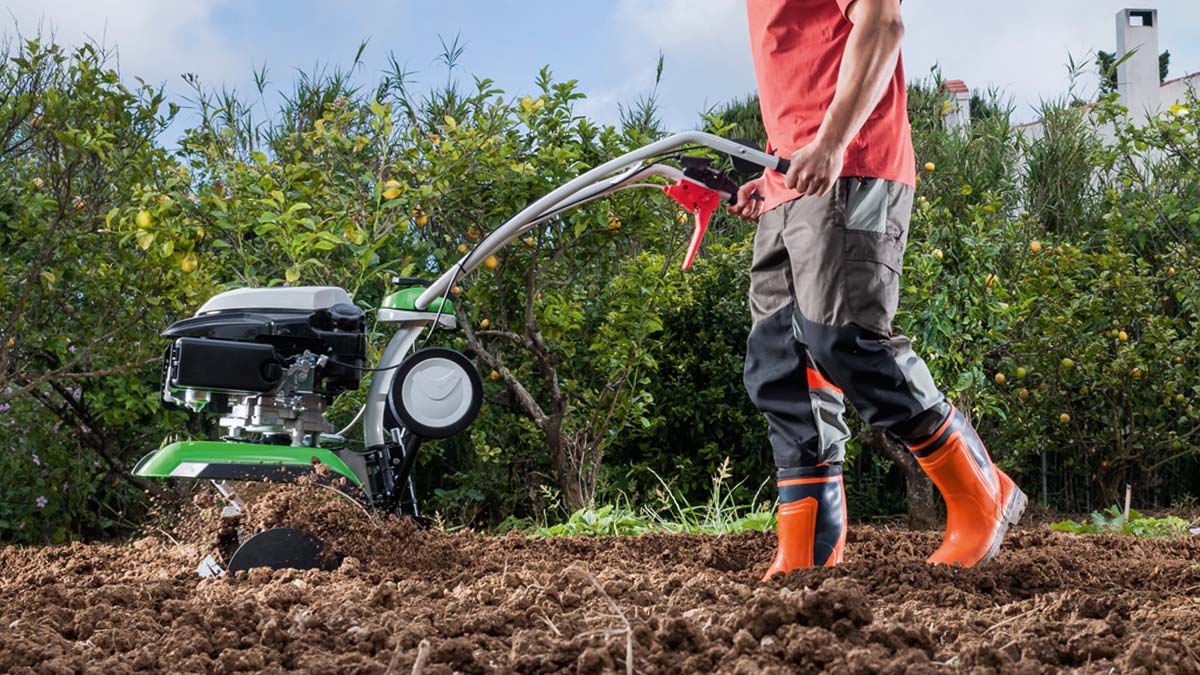
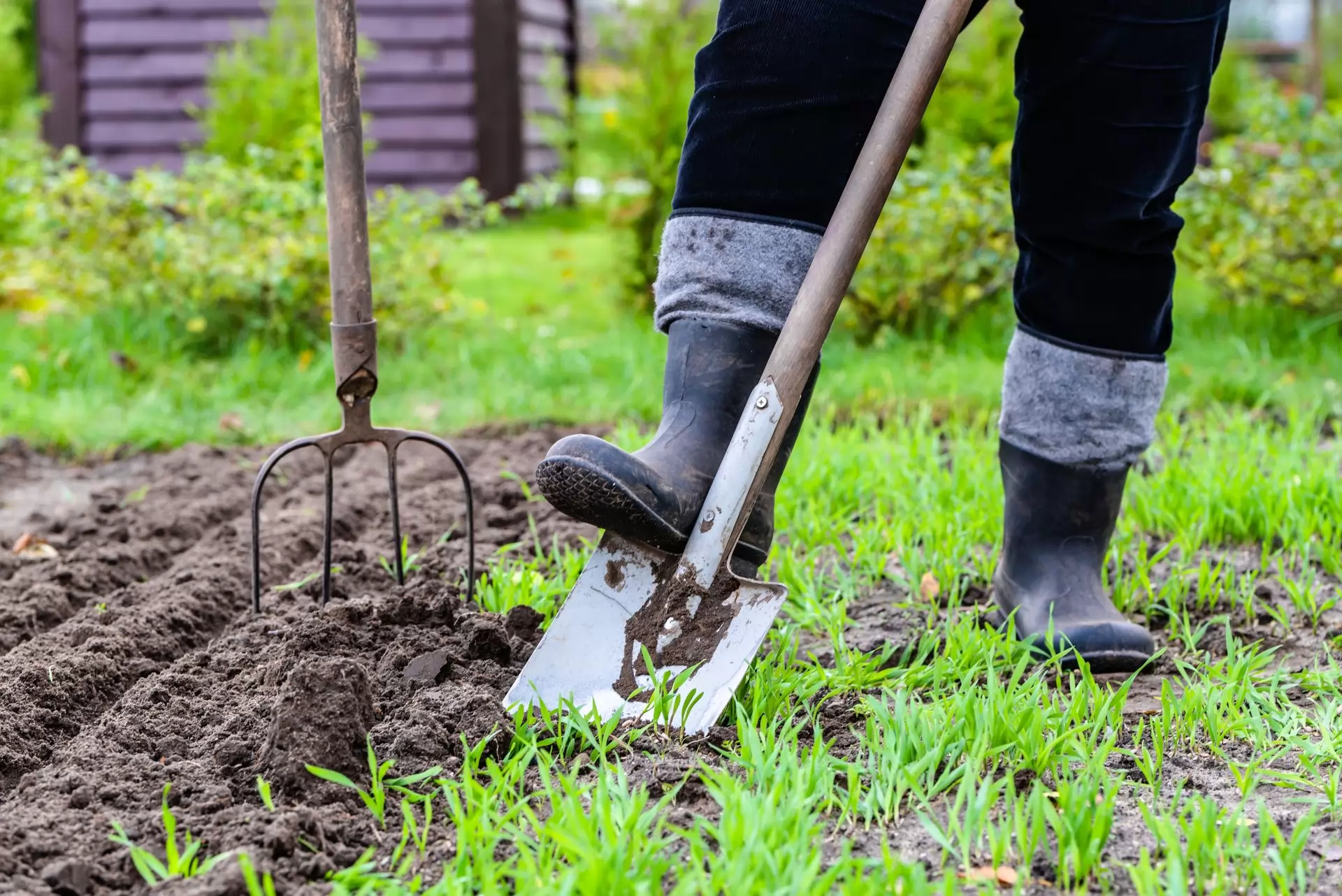
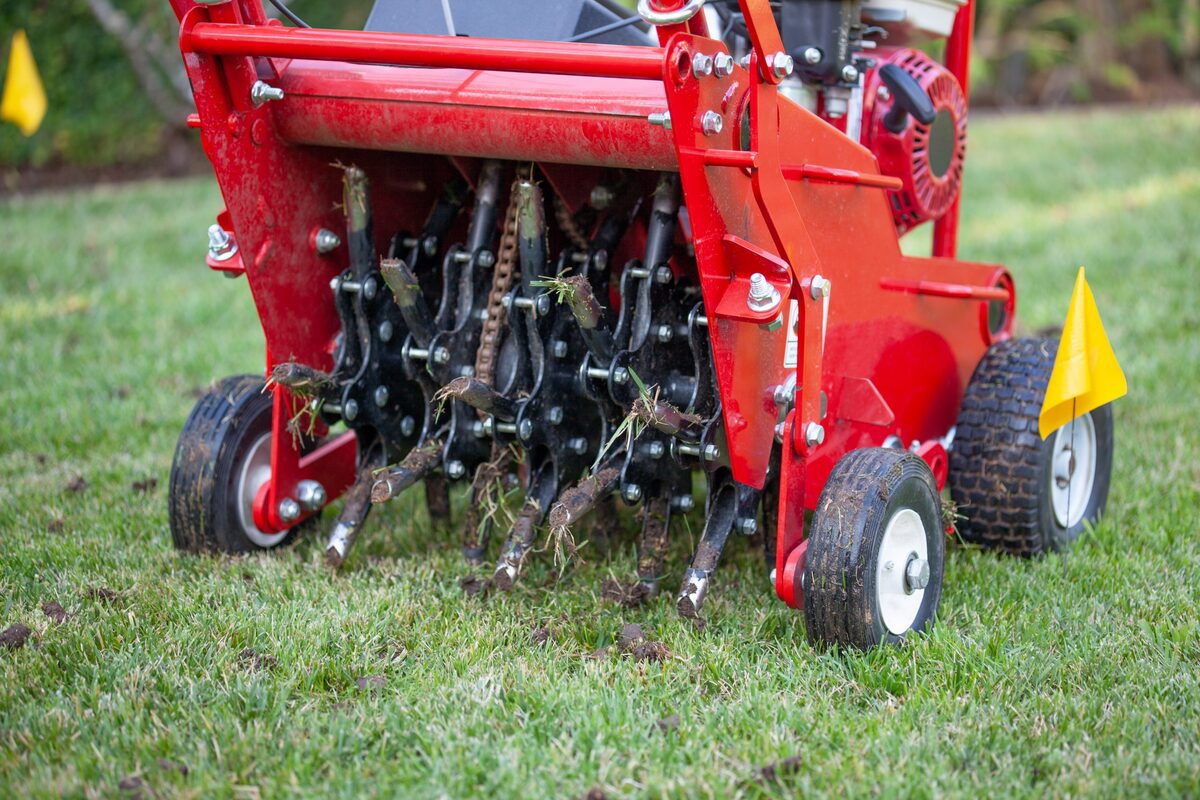
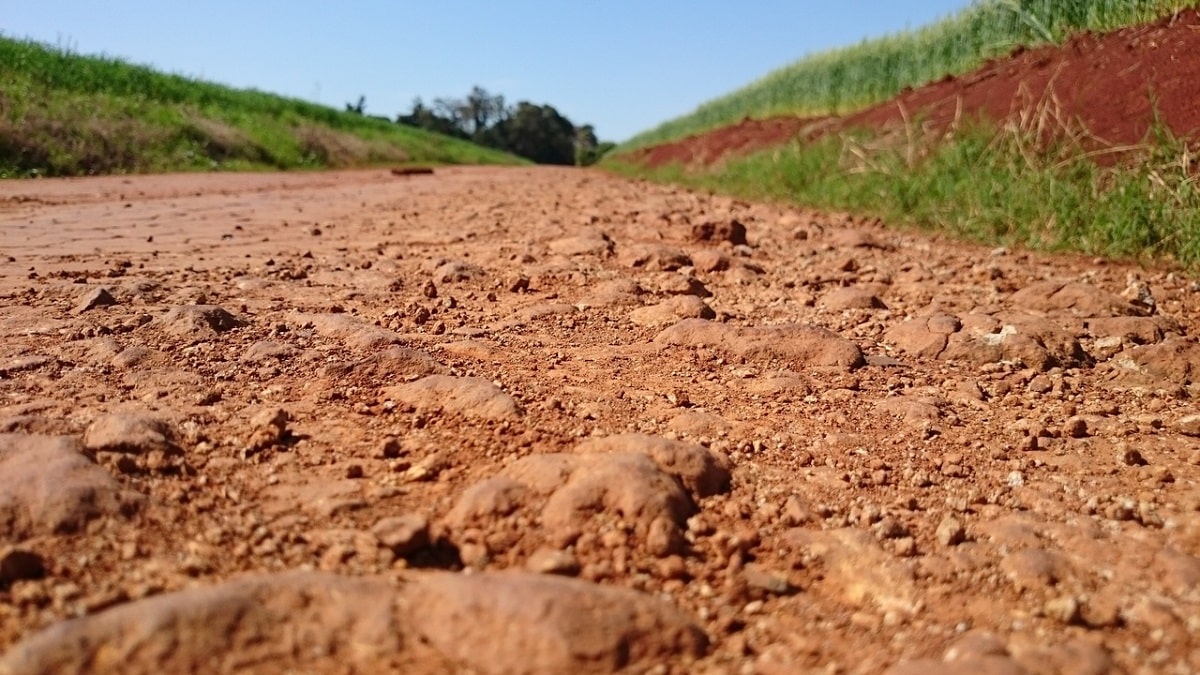
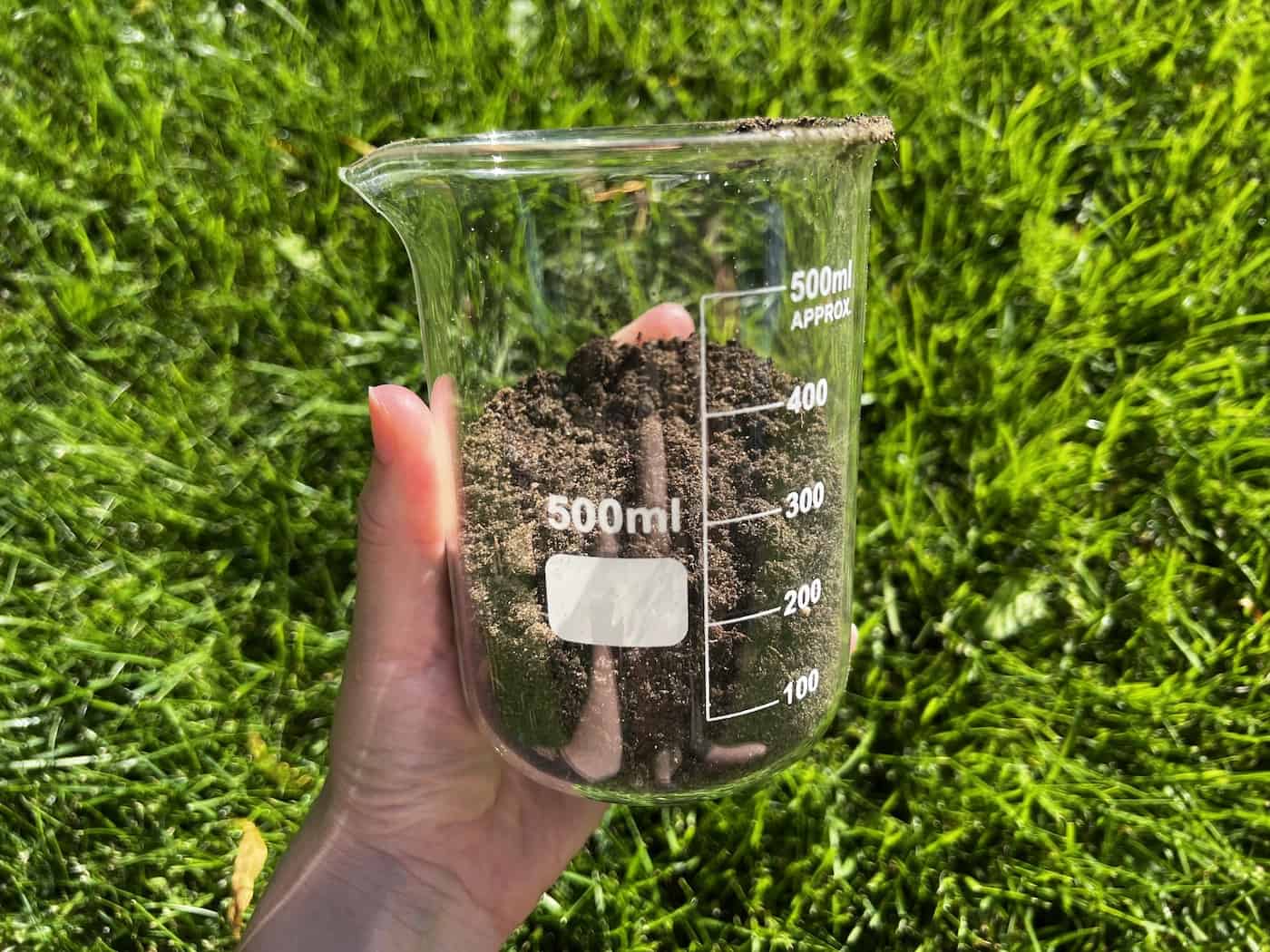

0 thoughts on “How To Enrich Clay Soil For Grass”